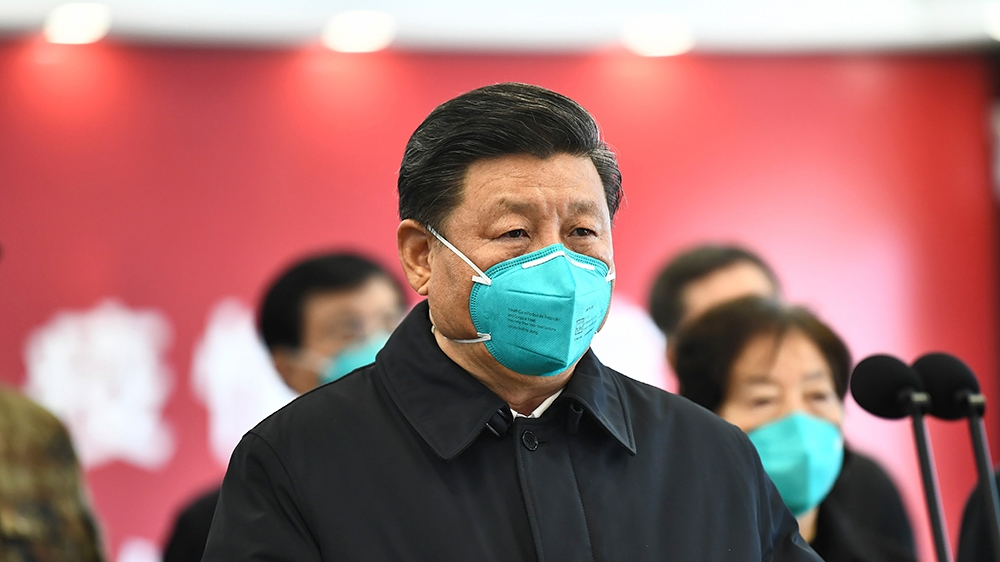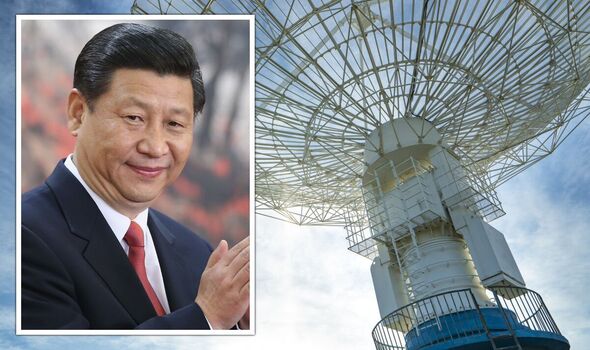China has continued to object to Coronavirus being referred to as “Wuhan Virus” or “Chinese Virus” which by all accounts originated in Wuhan of Hubei Province, China. The World Health Organization (WHO) has also instructed to stop referring the new strain of coronavirus as Wuhan or Chinese flu. The WHO has been urging for many years not to identify flus by geography or animals (swine flu, bird flu, monkey pox).
However, there is no doubt that this dreaded virus spread from China and has now locked down the whole World! In such disastrous circumstances, it would not be derogatory to refer to it as the Wuhan or Chinese flu. Naming of flus is not something that is new. There are many viruses referred to by countries or regions in which they originated.
Take the West Nile Virus, which first appeared in the West Nile district of Northern Uganda and named it by its starting place. Or St. Louis encephalitis, a viral disease that came out of St. Louis, Missouri in the United States. How about Japanese encephalitis? It was called so because it was first documented in Japan. Another good example would be the Middle East Respiratory Syndrome. China never objected to such names.
Other good example is MERS which was first appeared in Middle Eastern countries in 2012 and then it was named as Middle East Respiratory Syndrome. No one made a fuss over such name-calling nor did they refer to it as racist. In fact, many diseases are named after human beings: Hodgkin’s disease after Thomas Hodgkin and Parkinson’s disease after James Parkinson.
When China objects to the terminology, the question that springs to mind is what did China do when the virus hit Wuhan. Was China sincere in sharing the incidents soon after occurrence with the World?
Researchers from the University of Southampton have found that had interventions in the country been conducted one week, two weeks, or three weeks earlier, cases could have been reduced by 66 percent, 86 percent and 95 percent respectively, thus, significantly limiting the geographical spread of the disease. But China did not and instead threatened those whistle blowers who mentioned about the seriousness of the disease.
According to the Chinese official sources, the case was first reported on 10th December 2019 where a person – Wei Guixien was affected by the illness. Guixien used to visit Wuhan wild animal market.
On 31st the Chinese government officially stated that they found many people who visited the same market were affected by the new virus outbreak in Wuhan those who and also announced that there was no reliable evidence of human transmission. Until January, 22 to 24, the Chinese Government did not share anything with the international community. But the situation went out of control during the same period and the disease spread to many countries.
China forbade the media from reporting what transpired in Wuhan. The state machinery monitored and silenced the media. Zhang Zhenyu, a former reporter with a pro-Beijing media agency, revealed Beijing’s instructions to about 300 Chinese state media reporters who were dispatched to Wuhan. The top priority of these on-the-ground reporters was to not report any negative news.
“The so-called Press Corps is a string tied around every reporter’s neck. … You have to go wherever you are asked to go,” Zhang said in an interview. “They eat and live together, and act in concert, monitoring each other—it’s basically a prisoner’s dilemma.”
The Chinese regime has now awarded itself as the global leader in the fight against this pandemic because the United States is in lockdown. The Chinese regime even blamed the U.S military for having brought this virus into Wuhan. It boasts about how China had overcome this easily and claimed that the United States has shot itself in the foot.
We cannot but ask China of very uncomfortable Questions. Why did it hide the initial occurrences until the virus spiralled out of control? Why is it misleading the World? What is the reason? We would like to know.
A.Jathindra, executive director of the Centre




